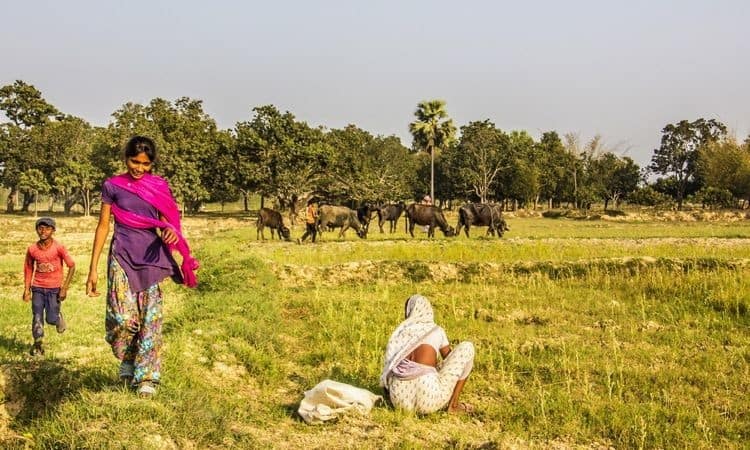Thank you all for your insightful contributions to the discussion on “The Future of Family Farming: Providing Resources for Women and Young Farmers.” We’ve received dozens of new comments from participants around the world, who are sharing innovative ways to connect women and youth with the resources they need to be engaged in the food system—as farmers, as scientists, as agronomists, as food business leaders, and a whole range of other professions in agriculture.
Several points were reiterated by commentators, including the need to include men in community gender trainings, the need for university programs to promote agricultural workforce development, and the importance of teaching women and youth how to create value-added food products.
Chelsea Graham shared the success of the World Food Programme’s Purchase for Progress (P4P) initiative, which has created training networks to teach women about food production techniques, farm business management, and financial planning.
But Ken Davies, also of P4P, warns that due to the immense variation between cultures, strategies to assist women farmers cannot be ‘one-size-fits-all’. Implementation must be informed by country, context, and culturally-specific assessments that determine the needs of women farmers and tailor approaches to address underlying causes of inequality.
Many commentators, including Lalita Bhattacharjee, pointed out that women tend to spend income on addressing their family’s needs for nutrition, education, and health care. This means that providing women with inputs and financial training creates benefits for everyone.
And commentators had numerous suggestions for engaging youth in productive farming. Writing from India, Dr. RB Tiwari points out that, due to urbanization, many young girls and boys are not at all even aware where food is produced. Schools can engage this demographic by organizing agricultural excursions for urban youth.
Cordelia Adamu writes that in Nigeria, most young people view agriculture as a subsistence poverty reduction tool because of the way it is practiced in rural areas; “the farmer suffers to produce, sells at a loss to the urban marketer, who adds value to it and makes all the cash.” If universities were to create demonstration farms, perform agricultural laboratory research, and teach value-added food production, then many students would begin viewing agricultural as a viable professional path, she says.
Juan Antonio Garcia Pineda expressed the need for governments adopt laws mandating that universities provide agricultural training. In Venezuela, he shared, the Simón Bolívar University created the Cocoa Industry Management Diploma aimed at professionals and entrepreneurs who want to specialize in cocoa and its derivatives.
Nyla Coelho asserts that universities must not only emphasize agricultural education, but should emphasize appropriate, ecological agricultural education. Agricultural textbooks mostly address industrial style chemical farming. Given this, the urban learner has lost out on the farming reality and the rural learner from a farming family is learning the wrong things about farming.
According to Dr. Lisa Kitinoja, improving post-harvest storage is essential to reducing food losses and capturing more agricultural income. Training women and youth in proper crop storage and food processing methods will contribute to their success as farmers.
Finally, Kjell Havnevik tied the discussion back to larger issues that smallholder farmers — including women, youth, and men — face in light of the development of modern industrial agricultural. He writes that large-scale agricultural production now dominates most economies, but creates competition with family farmers over access to vital resources.
This conversation doesn’t end here! We’ll be continuing the discussion at the International Year of Family Farming Global Dialogue in Rome October 27th and 28th. Please stay tuned for more information!











